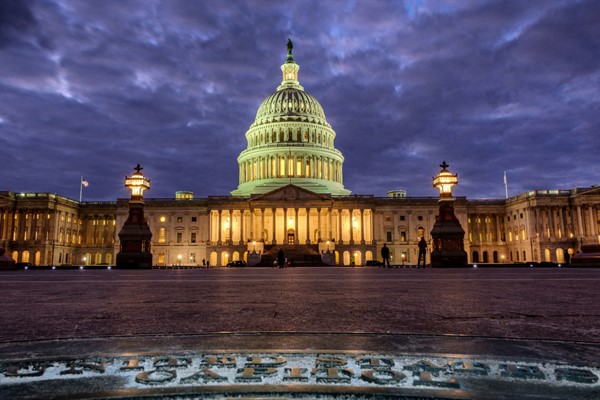Do Americans want the U.S. government to spend more or spend less on foreign aid? The correct—if perhaps surprising—answer is more, by a lot. Most Americans say aid should be 10 percent of the entire federal budget, almost 10 times more than the roughly 1 percent of the budget that currently goes to foreign aid. But here’s a paradox: When asked whether the U.S. should increase or decrease aid spending, most Americans also say that the government should spend less on aid, not more.
What explains this consistently inconsistent polling result? The problem, as NPR explains, is that Americans massively overestimate the amount the U.S. government actually spends on aid as a proportion of all spending. So instead of thinking accurately to themselves, “We should be spending 10 percent of the budget on aid, and we only spend 1 percent. This is terrible! Increase aid spending!” Americans think, “Gracious, we must spend at least 20-50 percent on aid. That’s too much. It should be 10 percent. Cut aid spending!”
In short, Americans are generous yet ignorant, though in this, they are not so different from their counterparts in other OECD countries.

